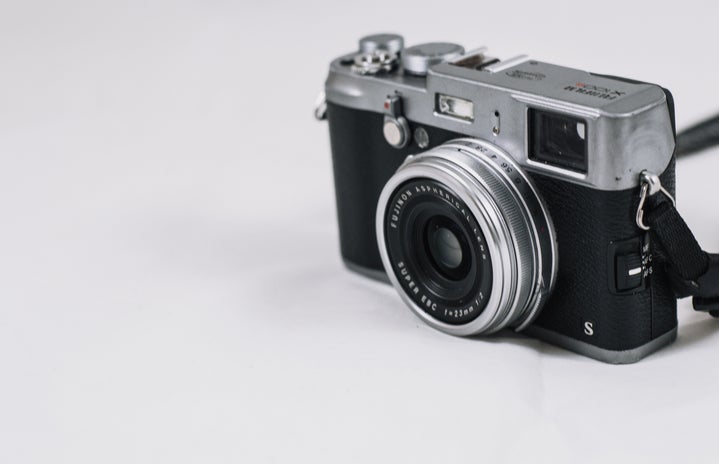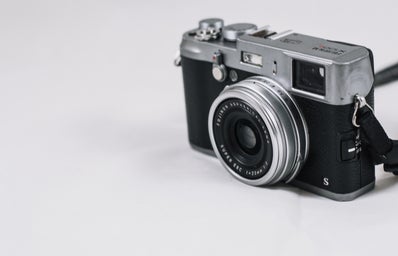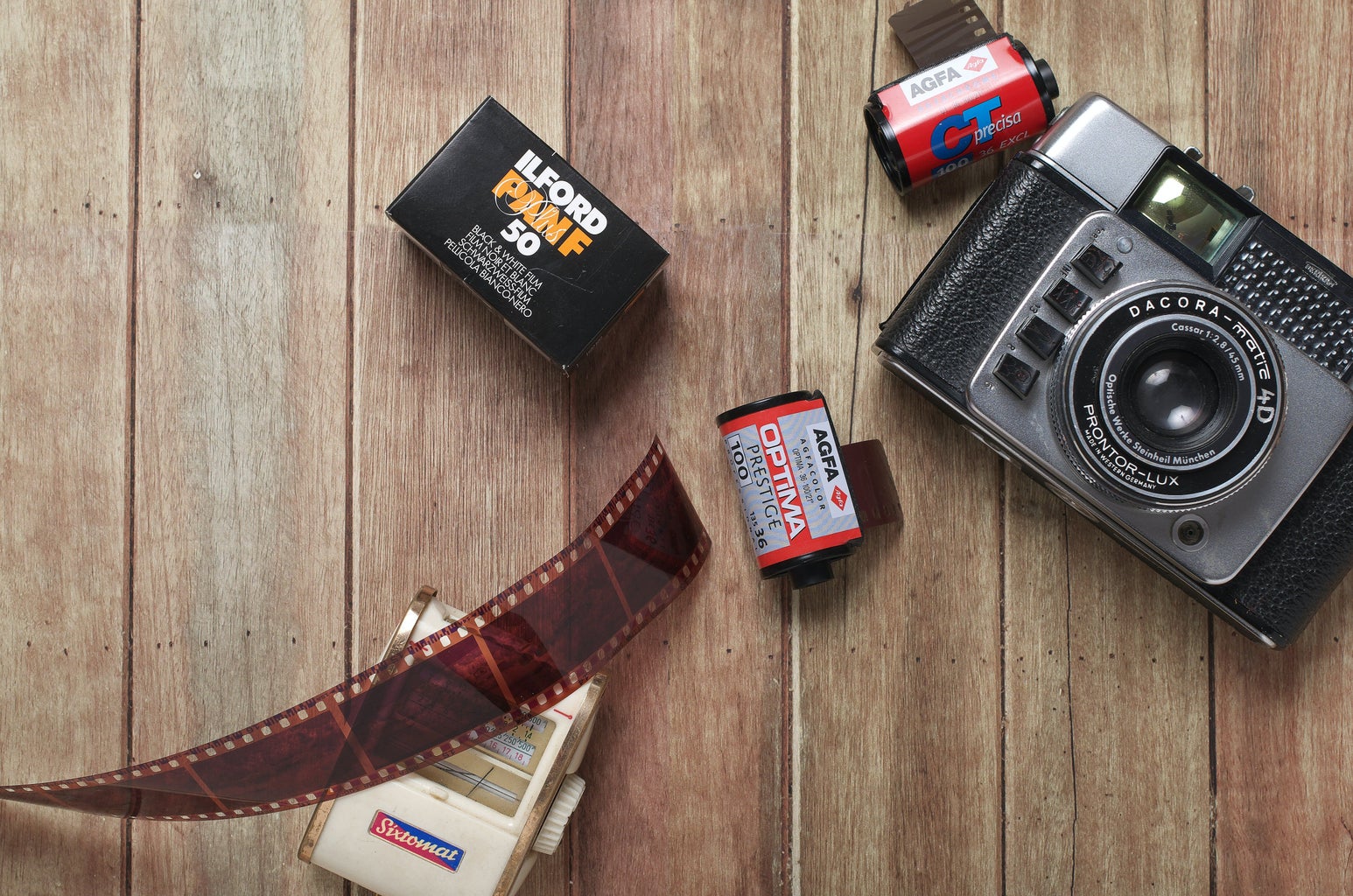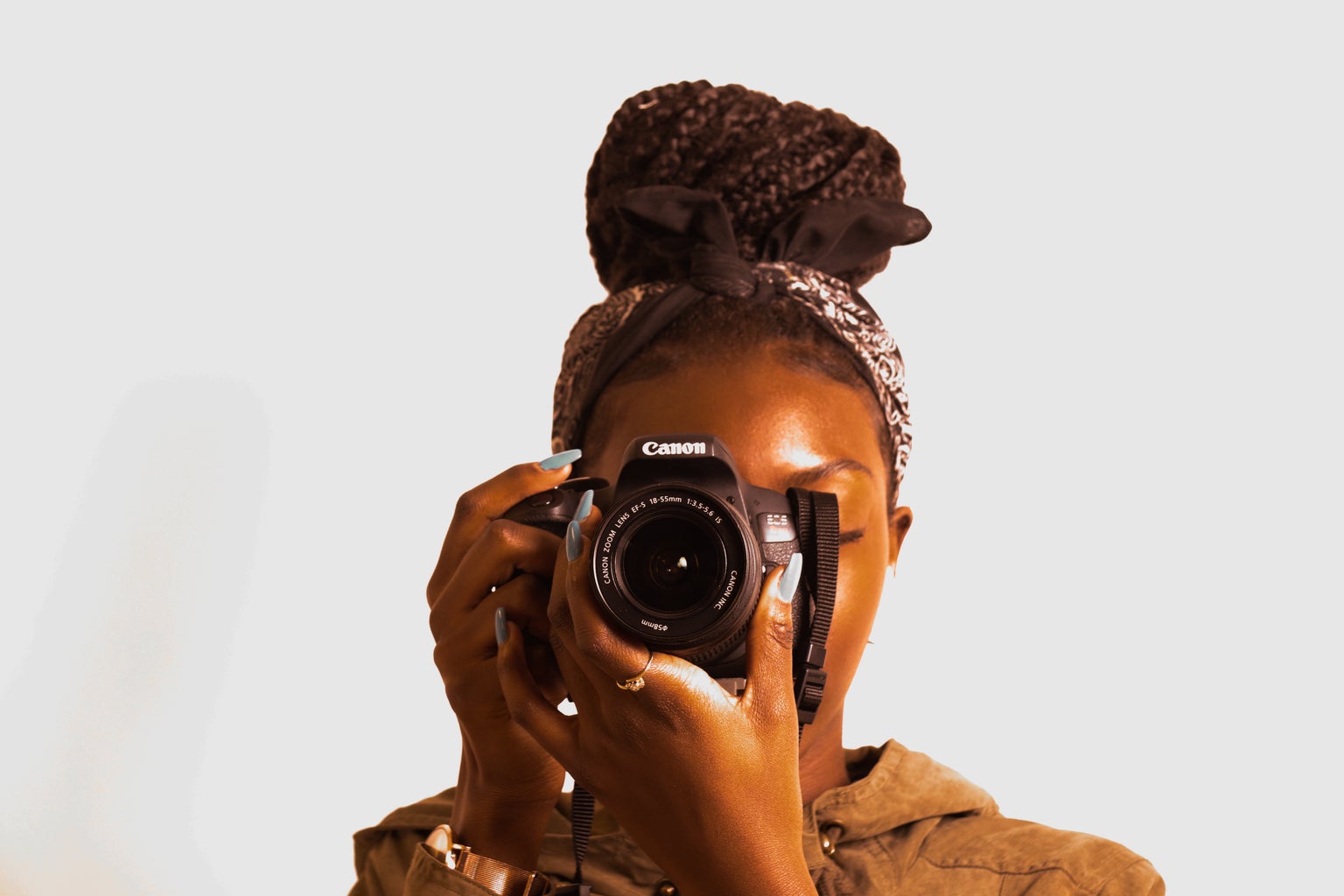I launched my Instagram presence in 2015 with a picture of a rose. It was delicately layered with one of Instagram’s preset filters and artistically blurred — so, it was the perfect way to announce my entrance into the digital world.
Nowadays, that post probably wouldn’t be met with heart-eye emojis, as, in the eight years since my debut, Instagram has undergone many trend cycles. Once all the rage, blue-tinted and Tumblr-esque photos were replaced with a phase of over-saturation, the popular photo collage was quickly labeled as cringe, and selfies, the duck face, #ootds, and #ThrowbackThursdays all became passé.
Instagram’s latest trend has been defined by the resurgence of retro technologies—namely the film and digital camera. Though older generations are bewildered at this return to bygone, less advanced technology, I find it refreshing. After all, this switch-up didn’t just produce a new trend, it also caused a dramatic shift in contemporary photo culture.
After seeing some of my favorite celebrities start digital and film photography accounts, I decided I needed to follow my influencer dreams and do the same. So, for the past few months, a little digital camera has been a constant fixture in my purse. It’s traveled with me from Los Angeles to New York and documented everything from my friends’ birthday parties to Deltopia 2023.
Though I admittedly rely heavily on settings I programmed ages ago — and my pictures still sometimes come out blurry — every time I whip it out I feel a bit like a photographer.
I think a part of this can be attributed to the fact that it’s a more mindful process. When I use my little Cannon camera I’m forced to think about lighting and framing. I can’t rely on the 0.5 lens, night shift mode, or any of the other Apple inventions to ensure my pictures come out good — I have to put some thought into it.
More importantly, however, I find that my digital camera has changed the way I view taking pictures and being photographed. Though the iPhone camera is undoubtedly advanced, these advancements have created a culture of overconsumption. I find it kind of exhausting that with an Apple device I can take hundreds of pictures in mere seconds, and that I have instant and constant access to them.
With a digital camera, my pictures feel more intentional. When I make the decision to bring my camera with me or power it on, it’s because a moment feels significant enough to capture. Also, I can’t immediately upload the picture to a photo-sharing app; instead, I have the extra step of downloading it onto my computer. Though perhaps it seems inconsequential, this process adds an element of pause and forces me to think about what I really want to share.
What’s more, even though there’s still an immense pressure to appear cool—and this trend has undoubtedly stemmed from that — I appreciate that retro cameras have introduced a currency of coolness that does not depend entirely on the beauty of what they capture. Because there’s nothing unique about the iPhone camera, the subject has all the pressure to be consumable. Using a film or digital camera, however, forces us to consider the process and elements of photography involved.
Though there is much to be said about the harms of social media and the various negative ways in which it impacts our psyches, I think the resurgence of retro photography technologies is a step in the right direction. Not only are these older cameras fun to use, but they also remind us to take a step back from instant gratification and find beauty in both the process and the product.




